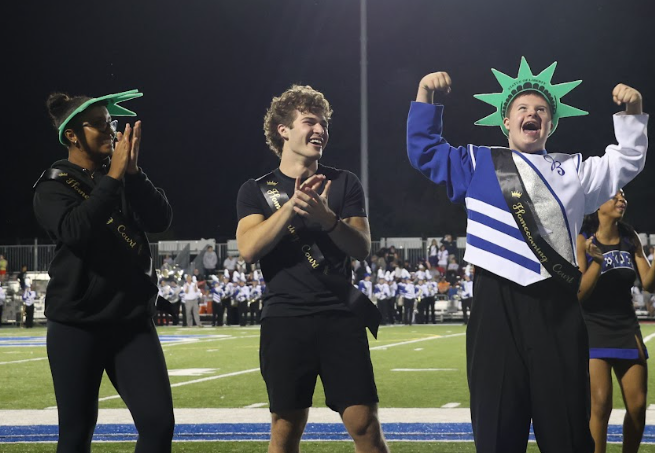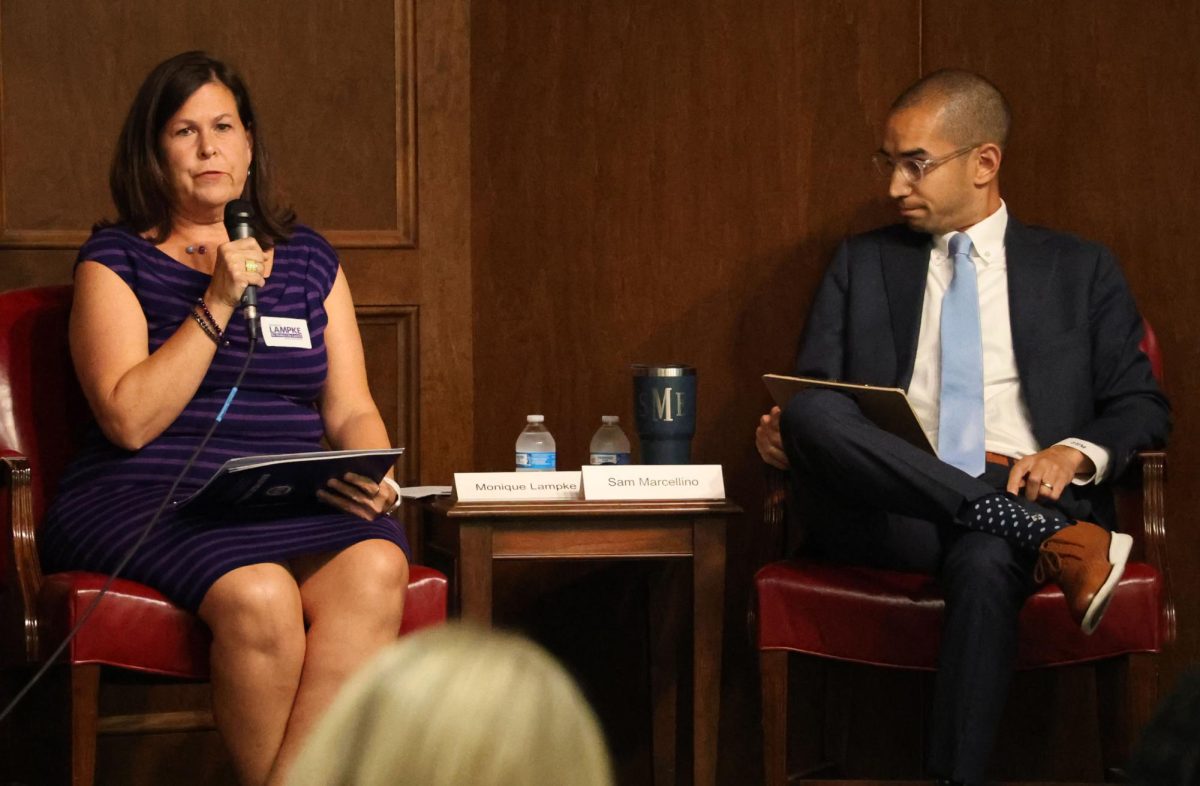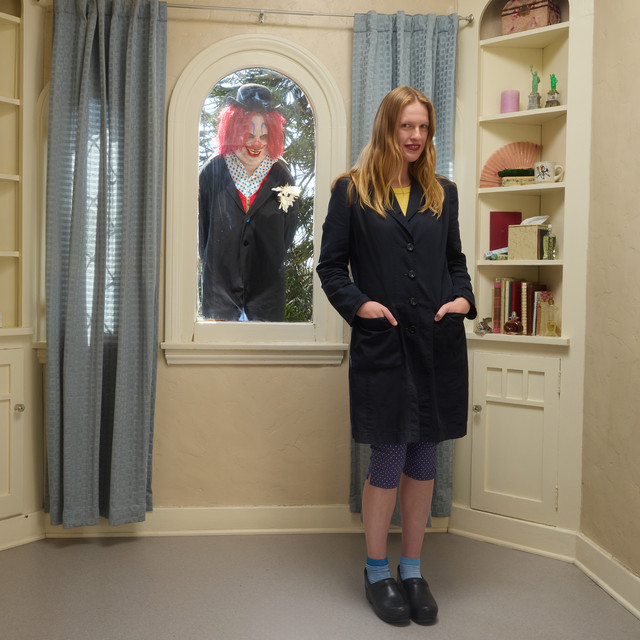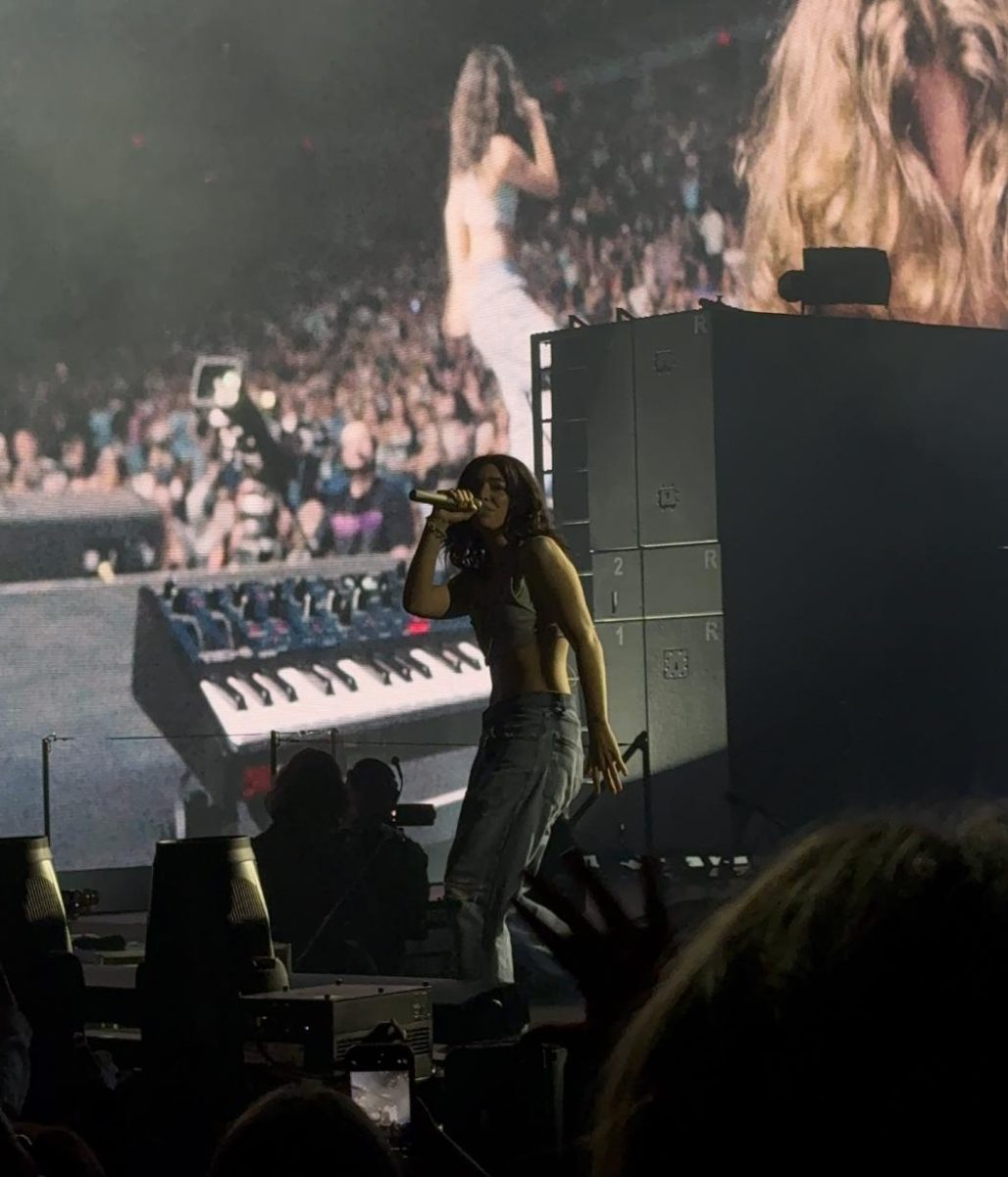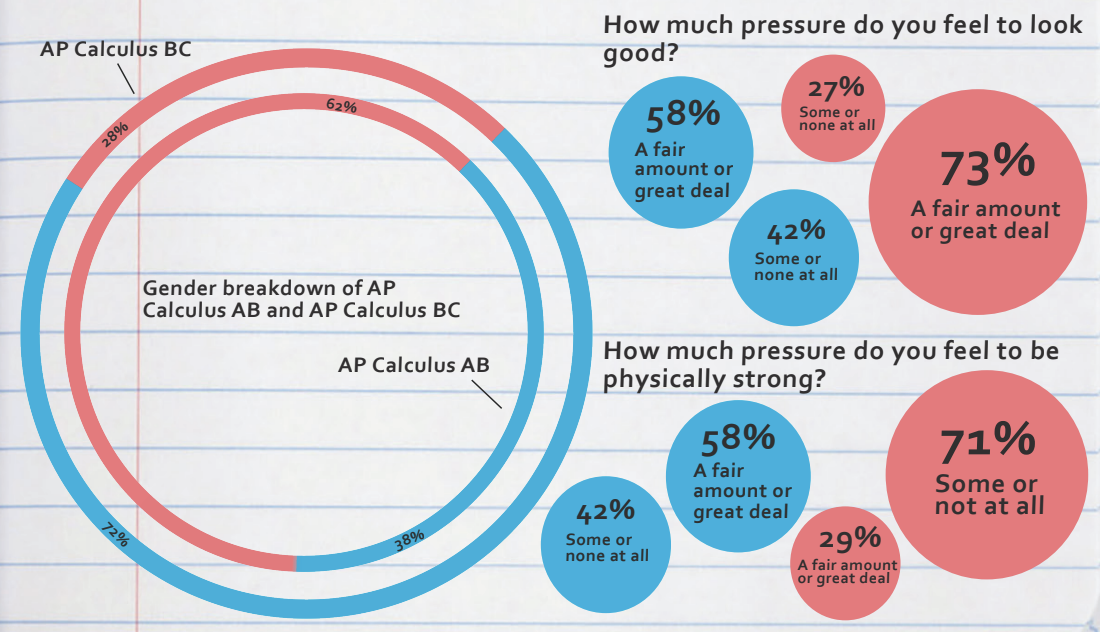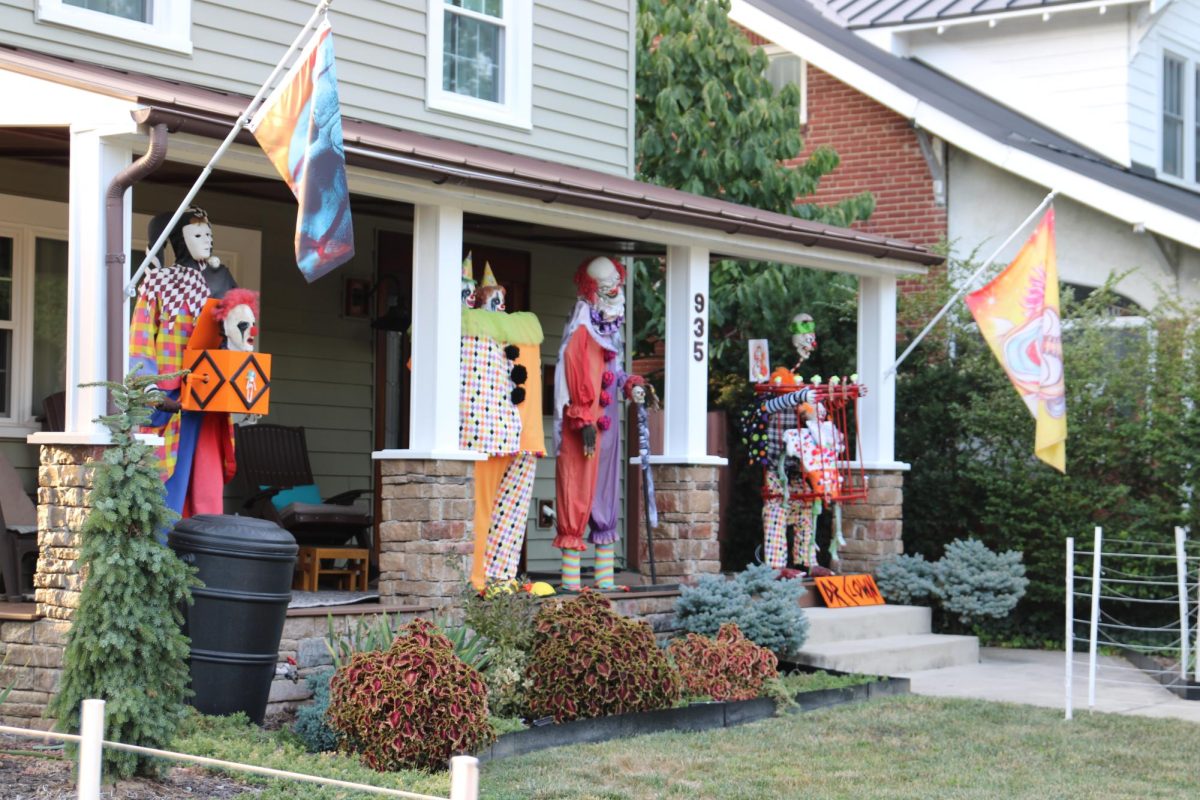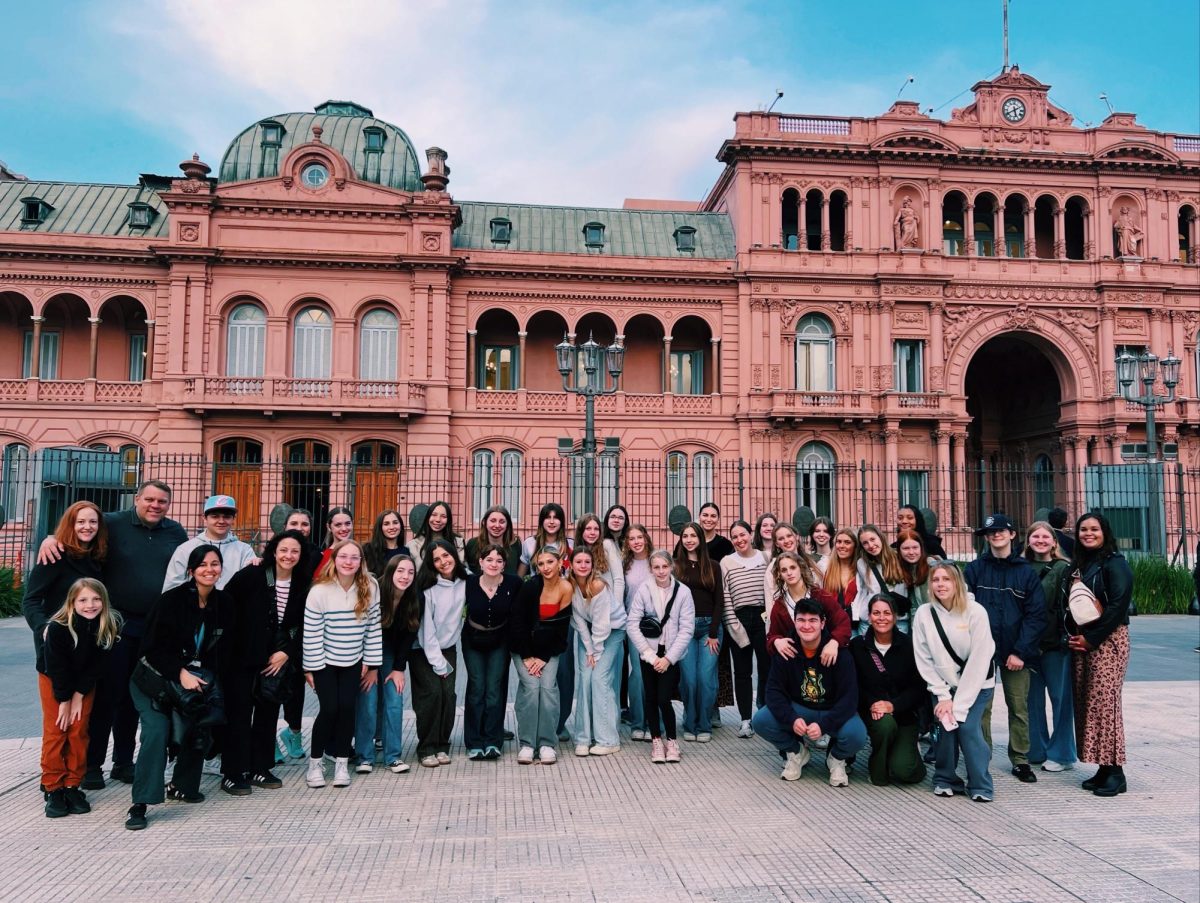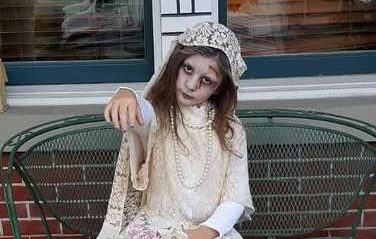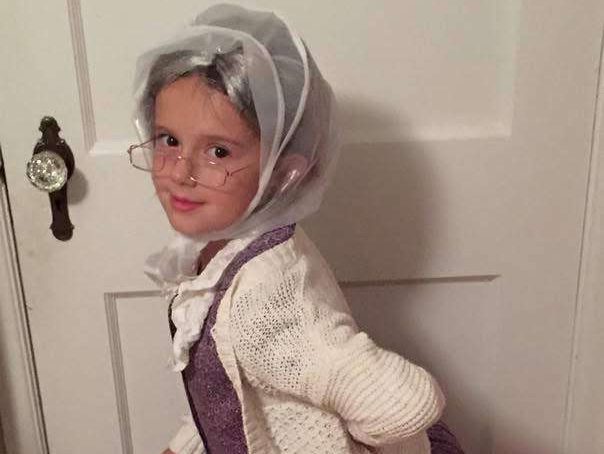The Renaissance: a period of artistic rebirth in Europe that prompted extreme reformation of former artistic techniques. Female subjects in particular experienced this reformation, as they were often portrayed nude in paintings. This is a result of the absence of women from the art sphere during the Renaissance. Therefore, there was a lack of female artists able to paint realistic female portraits to portray a true narrative of their bodies.
Though not explicitly stated, women of Renaissance paintings endured sexualization as a nude subject, not only by the artist, but by their audience as well.
The male gaze, a main factor in this sexualization, is a concept surrounding the portrayal of women in media and how they are seen through a male, heterosexual perspective. This perspective is the idea that heterosexual men mainly pinpoint their view on women by sexualizing them, rather than seeing them as a whole person.
According to Boshemia Magazine, the domination of female nudity in Renaissance paintings was strictly intended for male pleasure. This is evident through the female subject’s direct eye contact, seductive posing and accompaniment of attractive fabrics surrounding herself, according to Boshemia. These techniques are used in order to present a sexual, suggestive image for the audience.
One of the first female nude portraits, according to Introduction to the Renaissance, was made with a mathematical approach. Parts of the subject’s body were crafted with artificial, identical measurements rather than her natural body and its proportions. This approach is extremely unrealistic when compared to the average woman’s body, as she is not born from precalculated body proportions.
Being painted from a male artist’s perspective is therefore not liberating in any sense, especially for female subjects. These paintings portray an unrealistic female subject, at the fault of the male artist.
Women of the Renaissance only had art as a form of media to look up to, so a skewed portrayal of women in art may have negatively influenced body culture for women. The evident inaccuracy of these nude female portraits may have sparked questioning over a woman’s personal view of her own beauty.
According to The Daily Evergreen, male nudes in the Renaissance are rather rare compared to the frequency of female ones, further supporting the theory of female sexualization. This is seen clearly through the lack of female artists compared to female nude portraits.
According to The Art Newspaper, “Less than 5% of the artists in the Modern Art sections are women, but 85% of the nudes are female.” The majority of art in the museum is more concerned about the subject of the painting, rather than who the artist is, according to The Art Newspaper.
The role of Renaissance women was solely to serve their husbands, so it is unsurprising the abundance of sexualization towards women in art. If women were exploited in a domestic sphere, there would have been no exception in the art sphere as well.
If male artists had shown a realistic portrayal of nude women in their paintings, they would be liberating for the resulting audience. This can not be true, though, as male artists clearly had underlying motives when painting.

